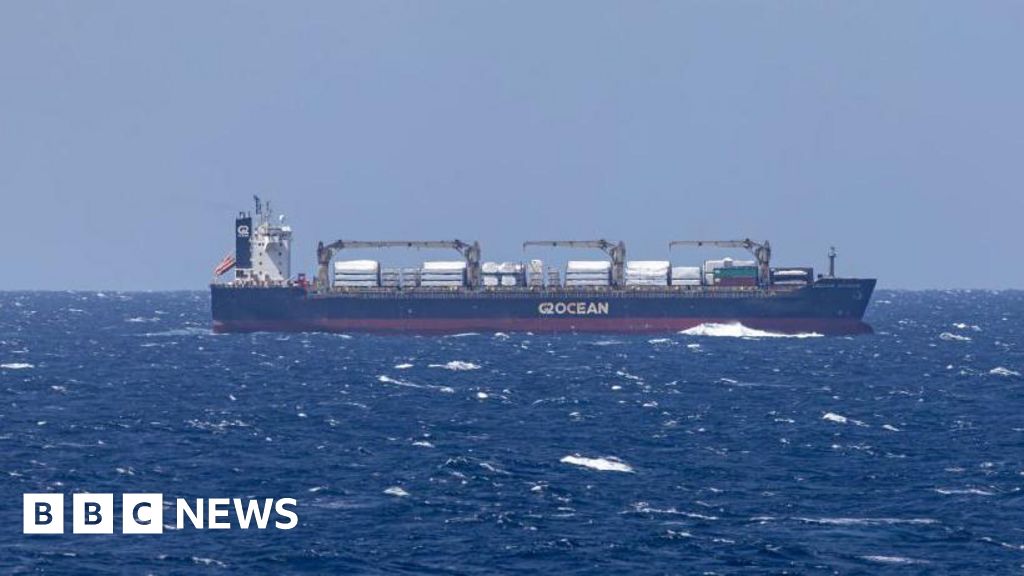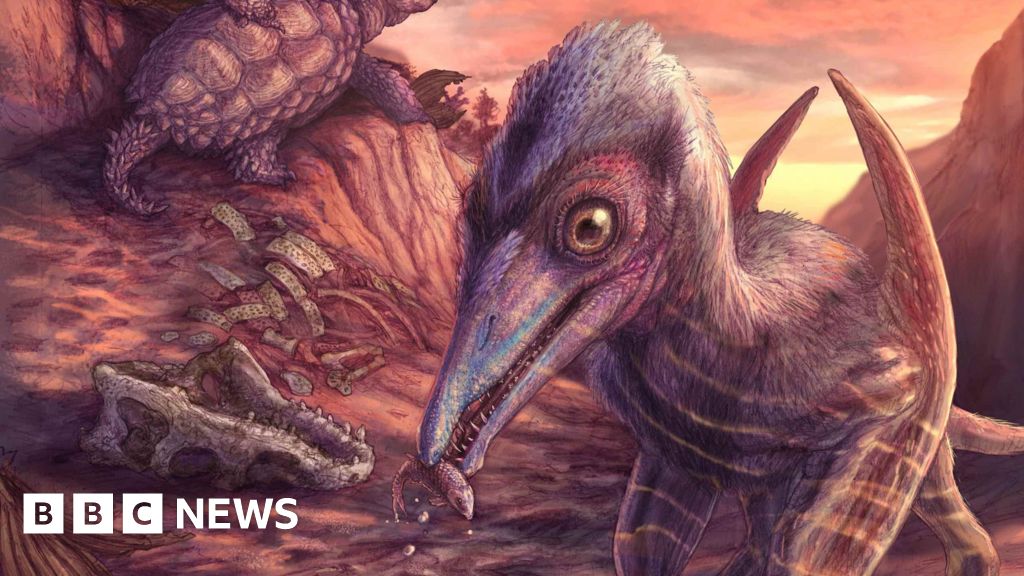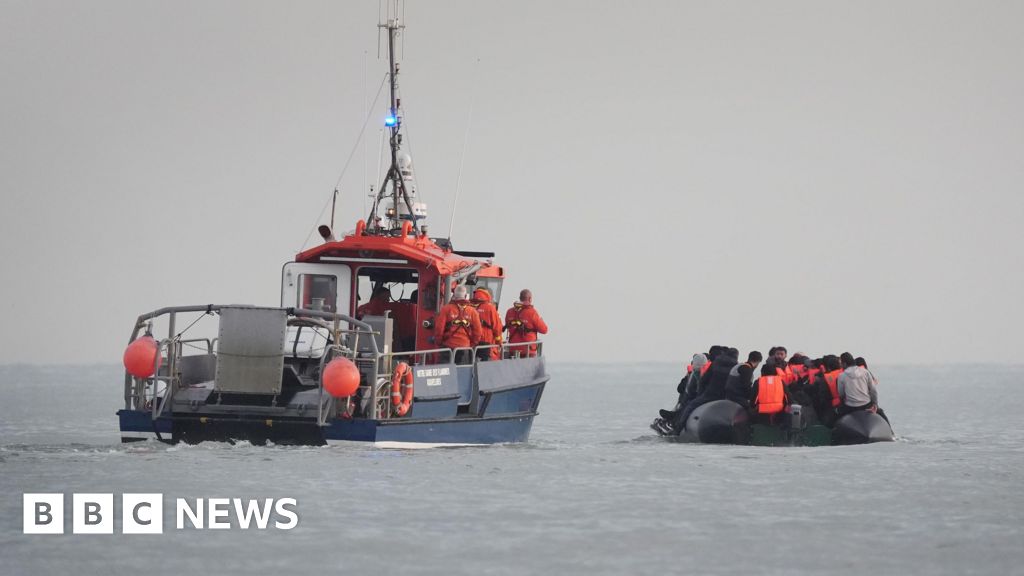When a plant species spreads beyond its habitat, it is usually seen as a threat to native flora and fauna. But what happens when that same species is struggling to survive in its original range?
A new study published in New Phytologist and led by researchers at the German Center for Integrative Biodiversity Research (iDiv), Leipzig University and the Helmholtz Center for Environmental Research—UFZ found that more than a quarter of the world’s naturalized plant species are threatened in parts of their native range—raising questions about the role non-native populations may play in global conservation efforts.
“I initially assumed that plant species expanding into non-native ranges were global winners, benefiting from range gains. However, our results show that many species with range gains also experience range contractions, complicating how we assess non-native populations,” explains lead author Dr. Ingmar Staude of iDiv and Leipzig University.
The finding that 27% of all naturalized species worldwide are considered threatened somewhere in their native range is the result of a global synthesis that links sub-global Red Lists of vascular plants from 103 countries with the Global Naturalized Alien Flora (GloNAF) database.
An extreme example of this conservation dilemma is the species Agave vera-cruz, which is globally classified by the International Union for the Conservation of Nature (IUCN) as extinct in the wild (referring to its native range), but survives in multiple self-sustaining, non-native populations. However, most plant species that have expanded beyond their non-native range and face native-range threats are not globally threatened, highlighting the dynamic nature of species ranges.
While non-native species are often evaluated in terms of their ecological impact or eradication, the study advocates for a more nuanced approach. The findings suggest that some species colonizing new regions may provide conservation value, though each case requires careful evaluation.
The researchers underscore the importance of reassessing a too rigid distinction between “native” and “non-native” species in the context of global biodiversity change. As species distributions increasingly shift due to climate change and land use, ever more such conservation dilemmas will emerge. The researchers call for a balanced perspective that acknowledges both risks and potential conservation opportunities.
More information:
Ingmar R. Staude et al, Many non‐native plant species are threatened in parts of their native range, New Phytologist (2025). DOI: 10.1111/nph.70193
Citation:
Plants thriving abroad but vanishing at home pose new conservation challenge (2025, May 15)
retrieved 15 May 2025
from
This document is subject to copyright. Apart from any fair dealing for the purpose of private study or research, no
part may be reproduced without the written permission. The content is provided for information purposes only.

















